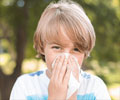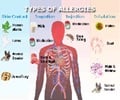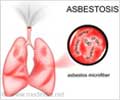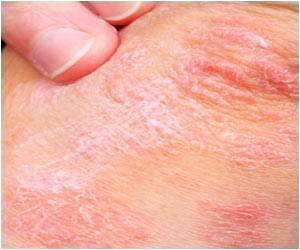
‘A molecular signature of IgE against a handful of allergens at ages 3-5 years predicted respiratory allergy with more than 90 per cent probability up to adolescence in the two geographically separate Swedish and British populations’
Tweet it Now
Immunoglobulin E (IgE) sensitization to allergens has been shown to be associated with increased risk of allergic diseases and asthma. In a new study, researchers at Karolinska Institutet and the Medical University of Vienna have used a novel approach to identify which specific allergens can predict the transition from IgE sensitization in early childhood to the development of respiratory allergy later in life.Using a large panel of micro-arrayed allergens, the researchers analysed IgE reactivity to more than 100 allergen molecules from more than 40 allergen sources. The study included data from 786 children from the Swedish birth cohort BAMSE, and 248 children from the UK birth cohort MAAS.
A molecular signature of IgE against a handful of allergens at ages 3-5 years predicted respiratory allergy with more than 90 per cent probability up to adolescence in the two geographically separate populations. In the Swedish population, the identified risk allergens came from peanut, birch, grass and cat, and in the British population from dust mite, grass and cat.
"Our results show that only a few regional allergen molecules are likely to be of importance for predicting the onset and persist-ency of respiratory allergic diseases and should be the focus for preventive strategies and targets for novel therapies", says Professor Magnus Wickman at the Institute of Environmental Medicine, Karolinska Institutet.
According to the researchers, the findings suggest generality of the data across populations and a possibility of developing individualized risk prediction charts for allergic respiratory diseases. These tests could potentially be used by pediatricians or physicians who see children at a young age.
Advertisement
"Respiratory diseases that start in childhood or adolescence often last for life, and birth cohorts are essential for understanding the life course of allergy. We might be able to prevent childhood allergy and asthma from becoming chronic severe diseases in adulthood if the children are identified and receive effective treatment at an early stage", says Professor Magnus Wickman.
Advertisement














